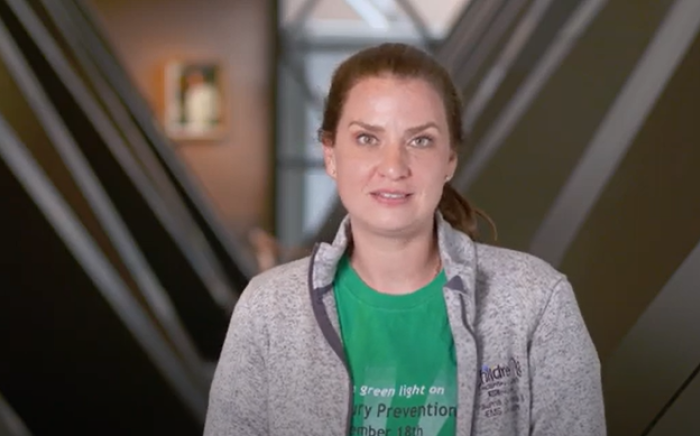What is pain?
Pain is an unpleasant sensation that can begin when the body experiences physical harm. Pain serves as the body’s warning system to prevent further injury and further pain. In this way, the body is protecting itself, allowing the injured site to heal. Someone in pain should typically rest to protect the injury and seek help if needed.
What is chronic pain?
When pain becomes prolonged or occurs again and again -- usually for more than three months and long after an injury has healed -- it no longer serves a protective purpose. This pain is considered chronic pain.
Chronic pain can be due to changes that have occurred in the central nervous system (CNS) and brain, allowing the pain to persist even without ongoing injury.
- This pain can be moderate to disabling, making kids not want to participate in school, sports, social functions and other activities that are normally enjoyed.
- It may cause difficulty in performing the normal activities of daily life, such as bathing, chores, or even walking or climbing stairs.
- It can cause sleep problems and mood changes including anxiety and depression, and lead to social isolation.
Can chronic disease result in chronic pain?
Many children with chronic diseases also have chronic pain. They may have pain initially caused and then prolonged by the chronic condition. These children also experience lifestyle and functional changes as described above. In these disease states, pain may be worsened by the central nervous system sending increased pain signals from the body, making pain more severe.
What are symptoms of chronic pain?
Chronic pain in kids involves abnormal signaling from nerves, nerve damage and the central nervous syndrome that may be described as stabbing, burning, stinging, or shooting. It may be continuous or may have moments of brief intensity.
This pain is particularly difficult to treat. Because nerves are not working properly, they may be sending signals to the brain even when there is nothing wrong with the body. This can lead to the child experiencing pain during usually non-painful events or occurrences, such as when clothes rub against the skin or shower water hits the painful area. Abnormal pain processing can also cause normally painful episodes to be exaggerated and excruciating.
How is chronic pain treated?
Children with chronic pain may not respond to the same pain medications that help with an intense episode of pain. Therefore, they may need different therapies designed to work in the central nervous system for nerve-related pain.
These medications include:
- Anticonvulsants
- Antidepressants
- Muscle relaxants
- Anti-inflammatories
- Topical analgesics
Non-drug treatments include:
- Aroma
- Imagery
- Hypnosis
- Massage
- Progressive muscle relaxation
- Biofeedback
- Cognitive behavioral therapy
Certain individuals may need more interventional techniques in the form of nerve blocks. This involves injecting an anesthetic to reduce the sense of feeling – and therefore pain – in the affected area.
Treatment of chronic pain also involves re-training the nerves sending abnormal signals. This involves on-going physical therapy and generalized conditioning. Additionally, pain and pain coping will be improved if mood is enhanced. Working with a pain psychologist to explore feelings, learn relaxation techniques, and identify coping strategies can improve the child’s overall functioning and decrease pain over time.
For more information or to schedule an appointment, call 314.454.5437 or 800.678.5437 or email us.












